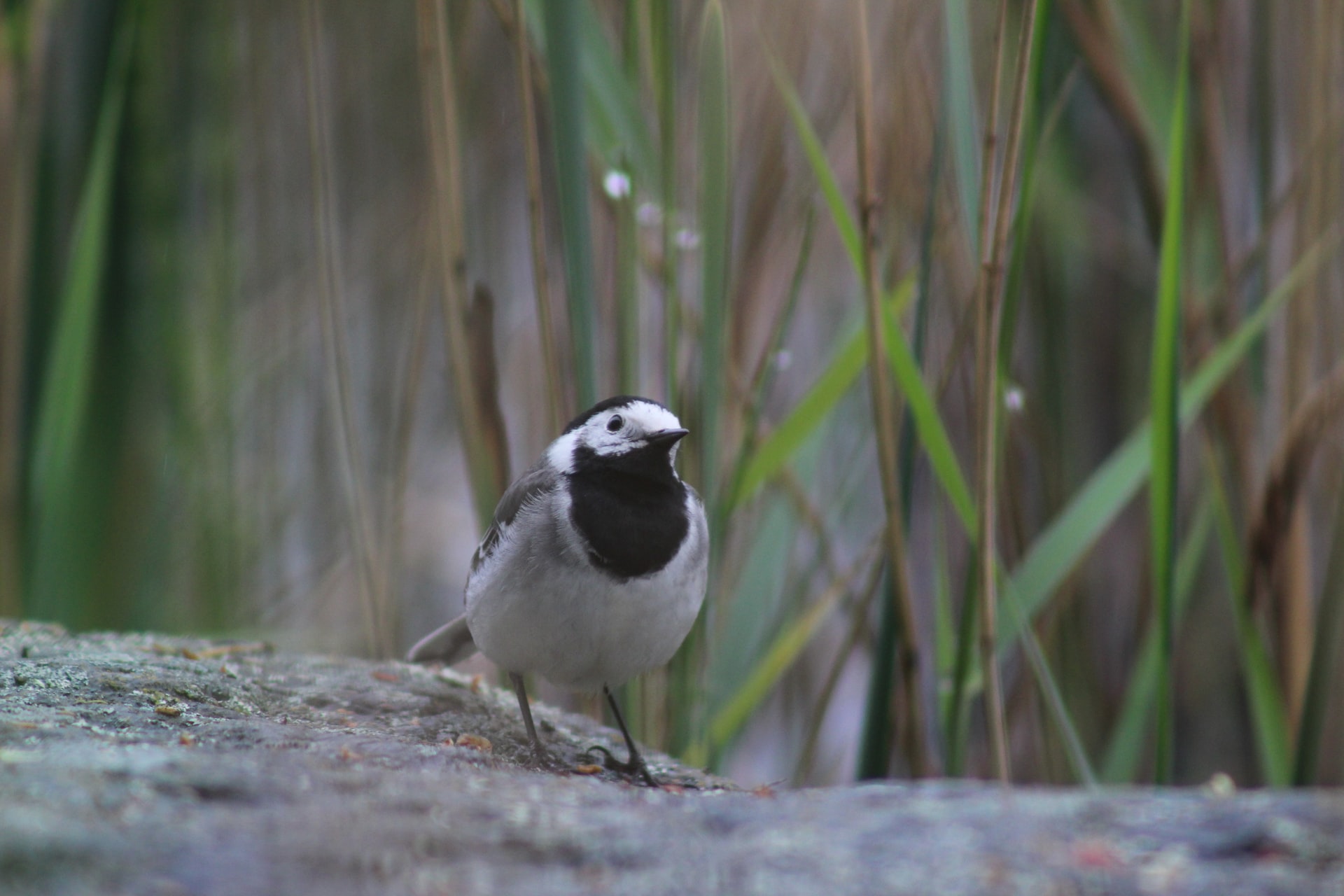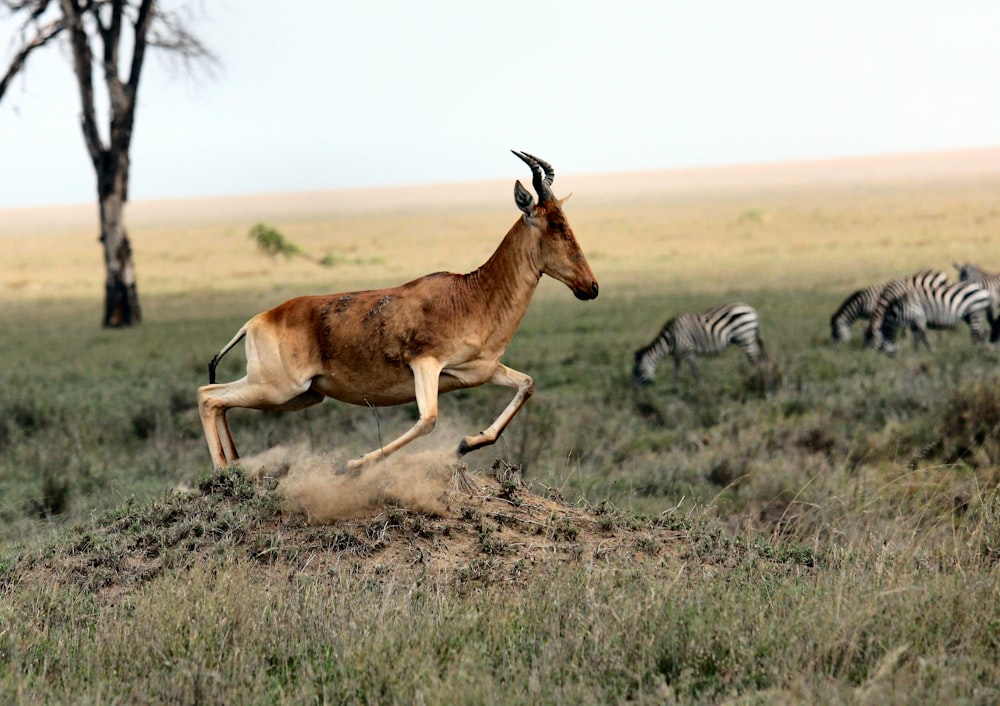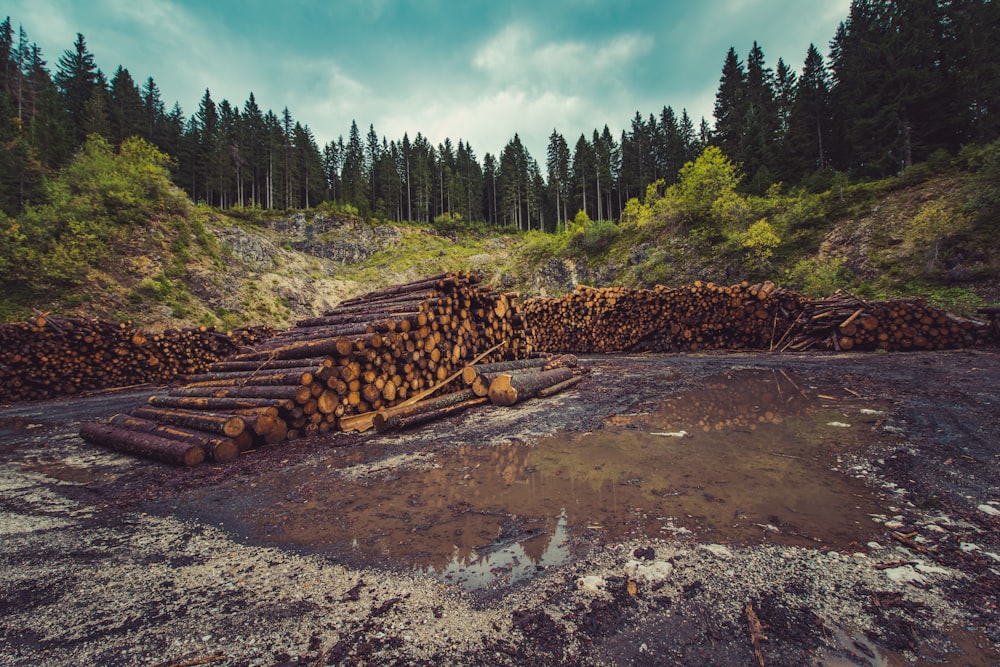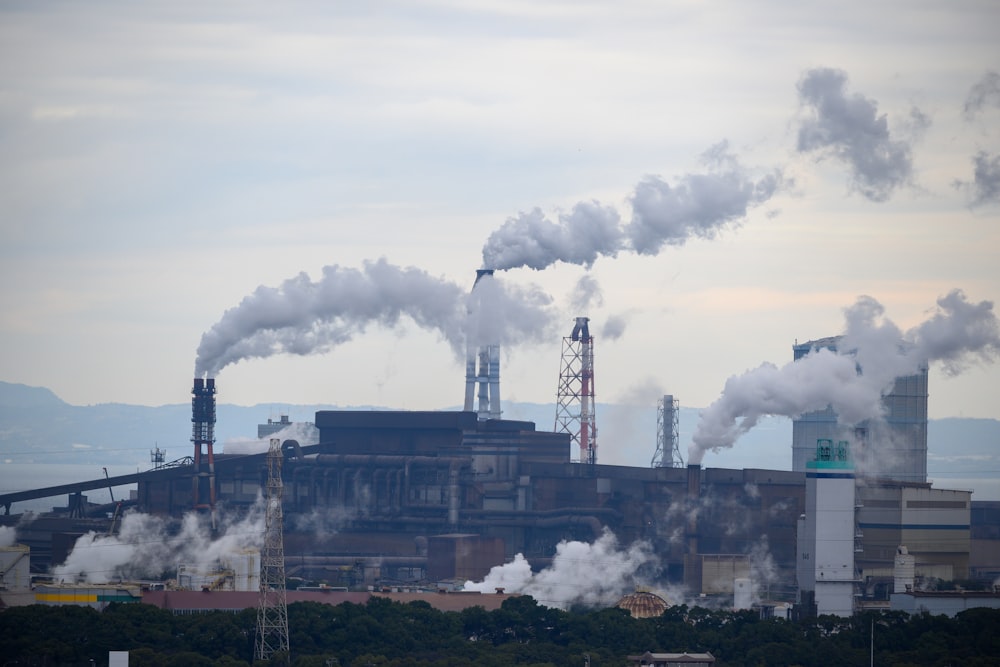Biodiversity: A Loss We Can’t Withstand

On this planet, there are millions of species. As staggering as that number may be, there once were even more roaming the planet. Of all those that have gone extinct, we remember only so many, and have discovered only a small fraction of what once lived. How did these creatures all come to exist? Why were they no longer able to find solace here? To understand that, I’ll need to introduce one of the most important concepts of life: biodiversity.
What is “Biodiversity”?
Biodiversity has a lot of different levels, but I’ll be focusing on its impact among ecosystems, or the community found between living things and their environment. In this scenario, biodiversity is defined as how many different organisms inhabit the same environment. A pond with only minnows has little to no biodiversity, but one with minnows, dragonflies, frogs, ducks, and all the other creatures we’re used to seeing there provides a higher level of variation.

Each and every living area, from the smallest microbiome to the entire planet has (and needs!) biodiversity. Healthy environments, a reliable source of food, and other factors make it so that there will always be more to discover. Everything thrives in a peaceful ecosystem, leaving us with a continuously evolving world.
What causes biodiversity loss?
Just as a rich environment encourages biodiversity, a poor one stunts it. Biodiversity loss is when a species or subsection of one disappears from its ecosystem. In some cases the loss is so great, it leads to extinction. By losing the species that inhabit our planet, we’re also losing important food and nutrient sources and disrupting the food chain, which affects us all.
There are a great many factors that lead to this, and unfortunately, the biggest one is human activity. In order to do better by our planet, we first need to understand our impact.
Habitat loss is generally caused by our ever-growing population. As we multiply, we take up more and more land for homes, retailers, restaurants, and roads. The more we consume, the less space Earth’s other inhabitants are left to fight over.

Overexploitation is most heavily seen in fishing, hunting, and poaching. News stories of endangered species getting caught in fishing nets, people killing them for sport, and poachers illegally slaughtering elephants for their precious tusks.
Invasive species are those that inhibit the growth or life of others. While this does happen naturally, habitat loss and overexploitation (as well as pollution and rising temperatures) speed up the process, showcasing some of the indirect harm we impose. For example, species of jellyfish have begun to overrun the seas. If massive commercial fishing operations continue untouched, soon only jellyfish will remain.
Pollution is one of the biggest threats to biodiversity. Pollution does not just mean to dirty the air, it is to introduce substances to the environment that are harmful or poisonous. Plastic soda rings can get caught around an animal’s neck, and inhibit their breathing. Cigarettes poison plants and animals alike. Light pollution, or the excessive use of artificial light, disrupts migratory patterns and makes breeding less sustainable, which can be the difference between life and extinction for endangered species.

Rising temperatures are something that until very recently had been happening slowly over time. It is defined as “a long-term change in the average weather patterns that have come to define Earth’s local, regional, and global climates”. These changes confuse species of all backgrounds, and lead to habitat loss and invasive species as well.
Why does all of this matter?
To make a long story short (too late), plant and animal species make up an important part of our diet. We gain nutrients to help us grow stronger, it encourages biomass production and nutrient cycling, and even provides us with a multitude of jobs. We are who we are because of the species around us, and it’s all the more reason to promote the proliferation of biodiversity.
How do we reintroduce biodiversity?
While there are many unfortunate stories of species becoming relics of the past, there are also those where it inspires hope into how the future can change for the better. For instance, take Canopy; this company starts initiatives around the world to plant trees in areas where forests have diminished, and plants are in short supply. Each of their past projects have boasted over 1,000+ planted trees, and they’re determined to keep up the fight.
The Coral Gardeners have been slowly reintroducing biodiversity back into our reefs through their hard work restoring broken coral. The Ocean CleanUp has goals to clear out 90% of the pollution that floats in our seas, with some stunning new technology by their side. All around us, the atmosphere is changing. People are coming together to put an end to the destruction of the planet, and you could be one of them. For more examples of success stories, click here!
What you can do to help promote biodiversity
Finally! The good news: we each have the power to help preserve our planet’s biodiversity. Here are some of the ways we can do our part to help stop biodiversity loss:
- Take a bike, or take a hike!
- Biking or walking places can help lower greenhouse gas emissions, slowing the spread of unnatural temperature increases
- Avoid buying animal products
- A lot of tourist attractions come complete with gift shops, and those gift shops have figurines and trinkets made of bone, ivory, and other materials that have resulted from loss of animal life. By not purchasing these items, the market of interest for them will go down, and species numbers may go up!
- Skip the pesticides in your garden and groceries
- Pesticides are filled with harmful chemicals that hurt both your plants and the environment. When it rains, the chemicals run off into the environment, and can poison plants and animals or destroy soil or nutrients that species rely on for survival
- Buying organic means you are supporting businesses that do not use pesticides
- Plant trees and save the bees
- Planting trees gives rise to new habitats for animals that may have been displaced by our actions, and can introduce nutrients back into desolate soils
- Bees are to thank for a large part of floral biodiversity through their pollination efforts, and there’s a lot we can do to return the favor
As you can see, there is no end to the things you can achieve in the efforts to restore our planet as a safe home for those that remain, a flourishing ecosystem with rich levels of biodiversity. Each and every one of us has an important role to play in making our Planet Home safe and healthy for all..


Leave a Reply